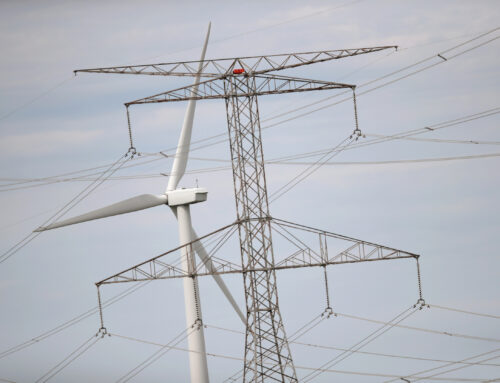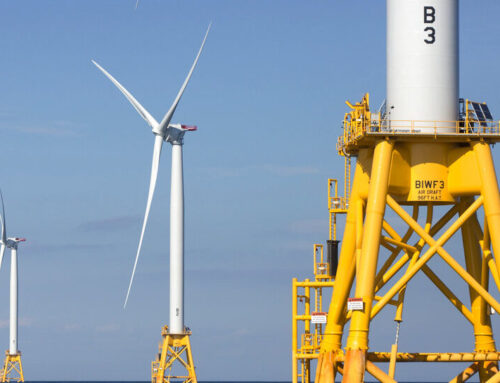Japan’s trade ministry designates two new coastal areas for offshore wind expansion
November 6, 2025
With the world facing an energy crisis due to the latest round of sanctions on Russia and its energy resources, many nations are turning to the renewable energy sector to compensate for a loss of generating capacity. Wind power has emerged from the sea of renewable energy as the main driver towards clean energy production, and now Japan has designated two new coastal areas for offshore wind projects, expanding the nation’s renewable energy sector beyond what was previously expected.
The world is turning to the untapped and overlooked potential of wind power
The conventional oil and gas sector has long been the envy of the renewable energy sector, as it has dominated the international market for generations. From the days of the Industrial Revolution, oil has been the key driver in humanity’s progress, but climate change and market interruptions have placed the sector in peril of being overtaken by the renewable sector.
Many nations across the world are turning to the renewable energy sector, with huge projects being commissioned and even more in the planning phase. Conducting extensive studies is essential to promote the viability of the renewable energy sector, as most countries lack the required infrastructure to integrate renewable technology.
Wind Power has emerged as the leader in clean energy generation
Among the sea of potential renewable energy resources, wind stands tall like a multi-story turbine. Solar has made some impressive progress over the past decade, but it lacks the scalability that wind power presents. Crucially, nations that are limited by their geography are now seeing offshore wind as a potential method to ensure clean energy for generations.
Japan has selected two coastal regions as the latest offshore wind hubs
Japan’s Ministry of Economy, Trade and Industry (METI) and the Ministry of Land, Infrastructure, Transport and Tourism (MLIT) have designated Akita City and Hibikinada Sea as promising offshore wind areas where the resource can gain a foothold in Japan’s energy landscape.
The two areas have passed muster in the corridors of Japan’s government and been upgraded from a “promising zone to a “promotion zone”, which is a requirement under Japanese law for projects to be built. On top of the new designated areas, Japan has also identified areas off Asahi City in Chiba Prefecture, as well as the south coast of Goto City in Nagasaki Prefecture, as preparatory areas.
Wind power got a substantial boost from the Japanese government
In July of this year, the Japanese House of Representatives passed a bill that enables offshore wind projects to be built in its Exclusive Economic Zone (EEZ). In early October, Japan chose three sites, off Akita, Asahi, and Hibikinada, for extensive surveys to determine the viability of the areas for offshore wind production. Wind power can save Japan billions in the long run, as evidenced by recent reports over the UK’s continued embrace of the sector.
Japan’s planned embrace of the wind power sector is contrary to the United States’ perception, as US President Donald Trump has, on many occasions, noted his disdain for the sector.
The rest of the world needs to take a page out of Japan’s playbook
While Japan is increasing its planned wind capacity, Europe has overall stagnated in its embrace of the sector. The litany of EU leaders has been urged by industry experts to ramp up their renewables drive, which, up until now, has fallen on deaf ears. Japan’s new proclivity for the wind power sector is a representation of the transitional nature of the energy sector at the moment, as nations across the world aim to reach their self-imposed clean energy targets by the end of the decade.
Author Profile
Search
RECENT PRESS RELEASES
Related Post





